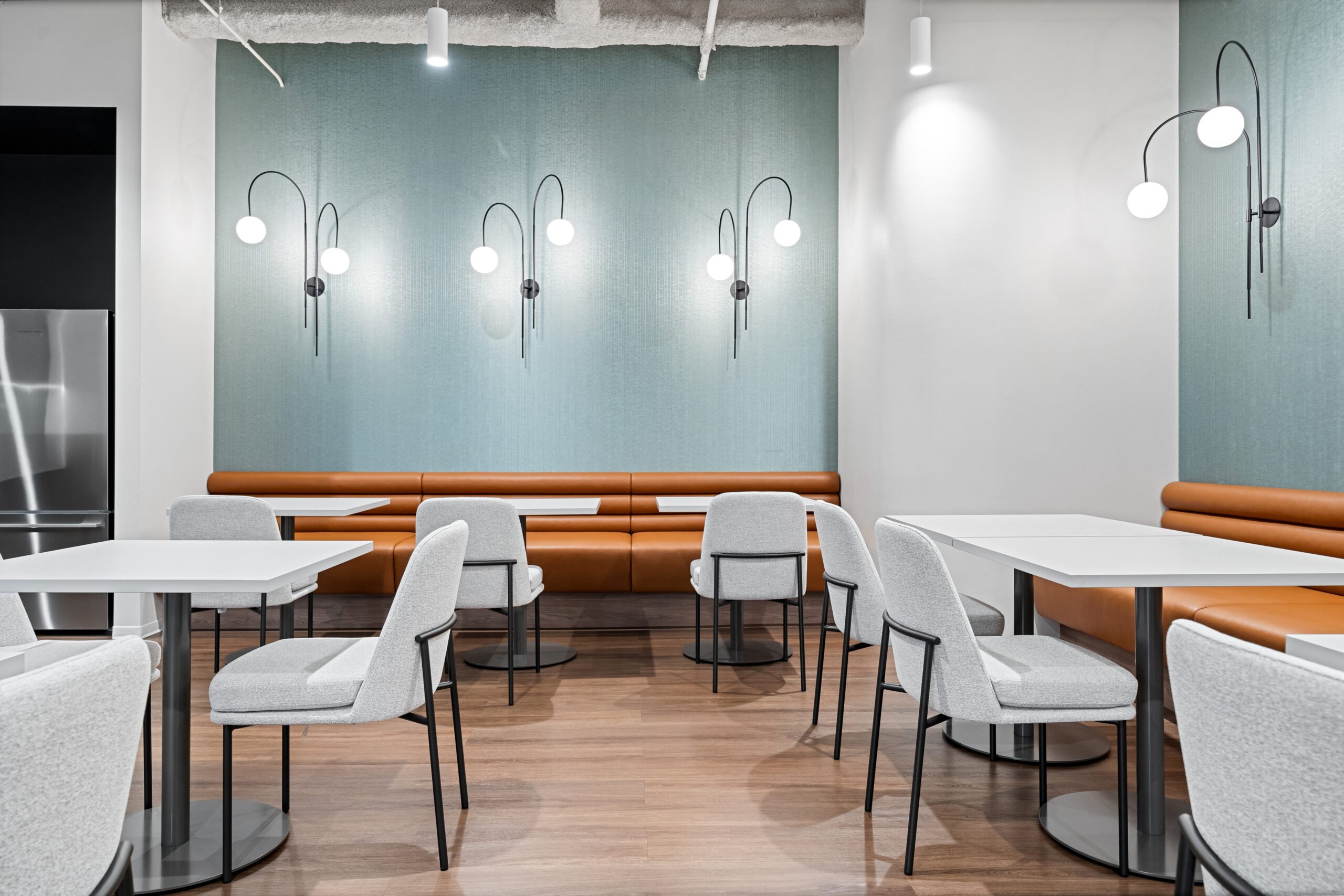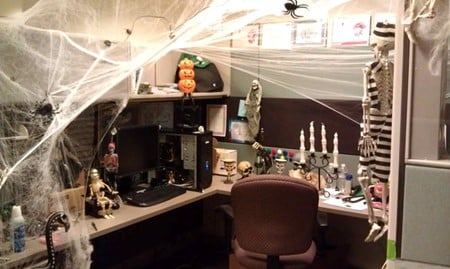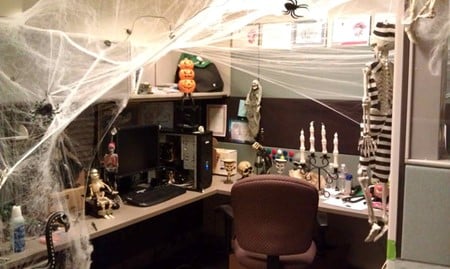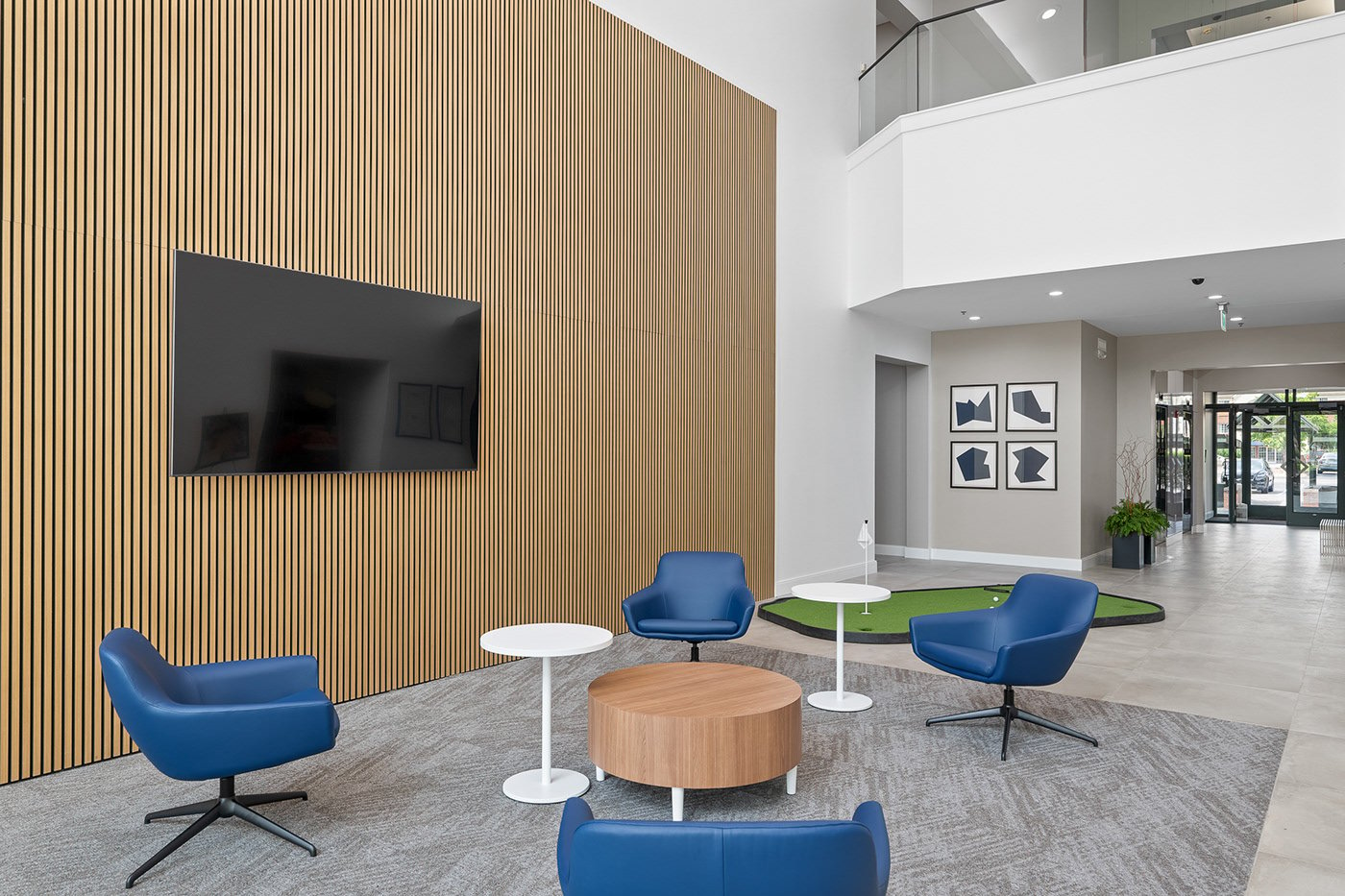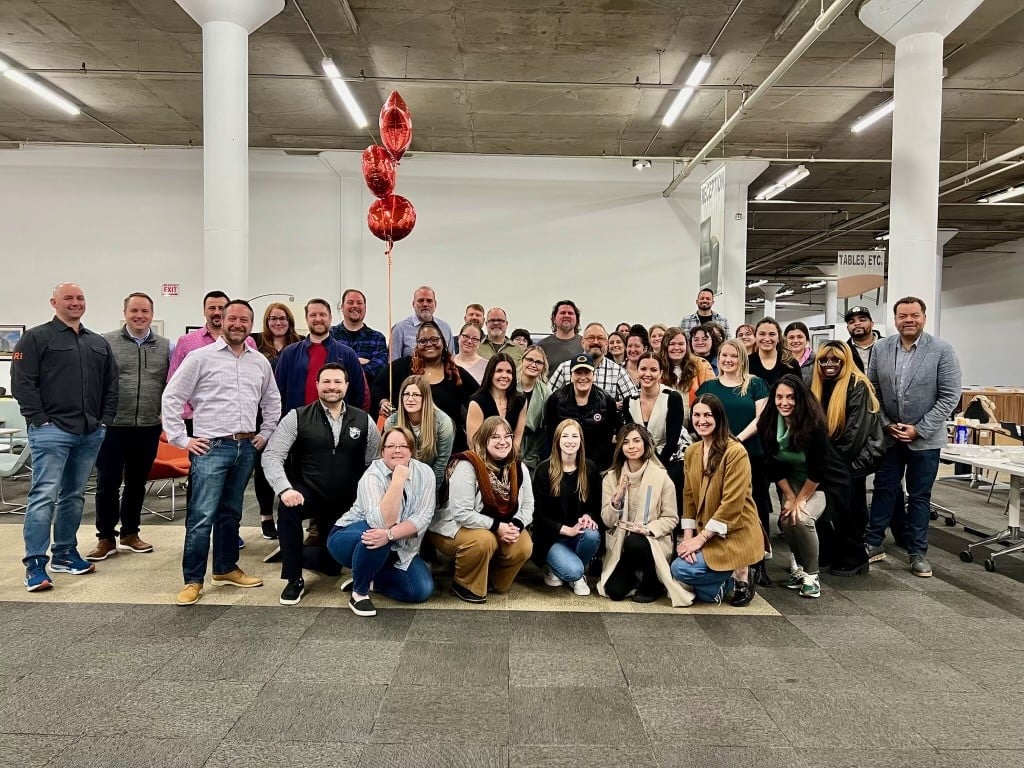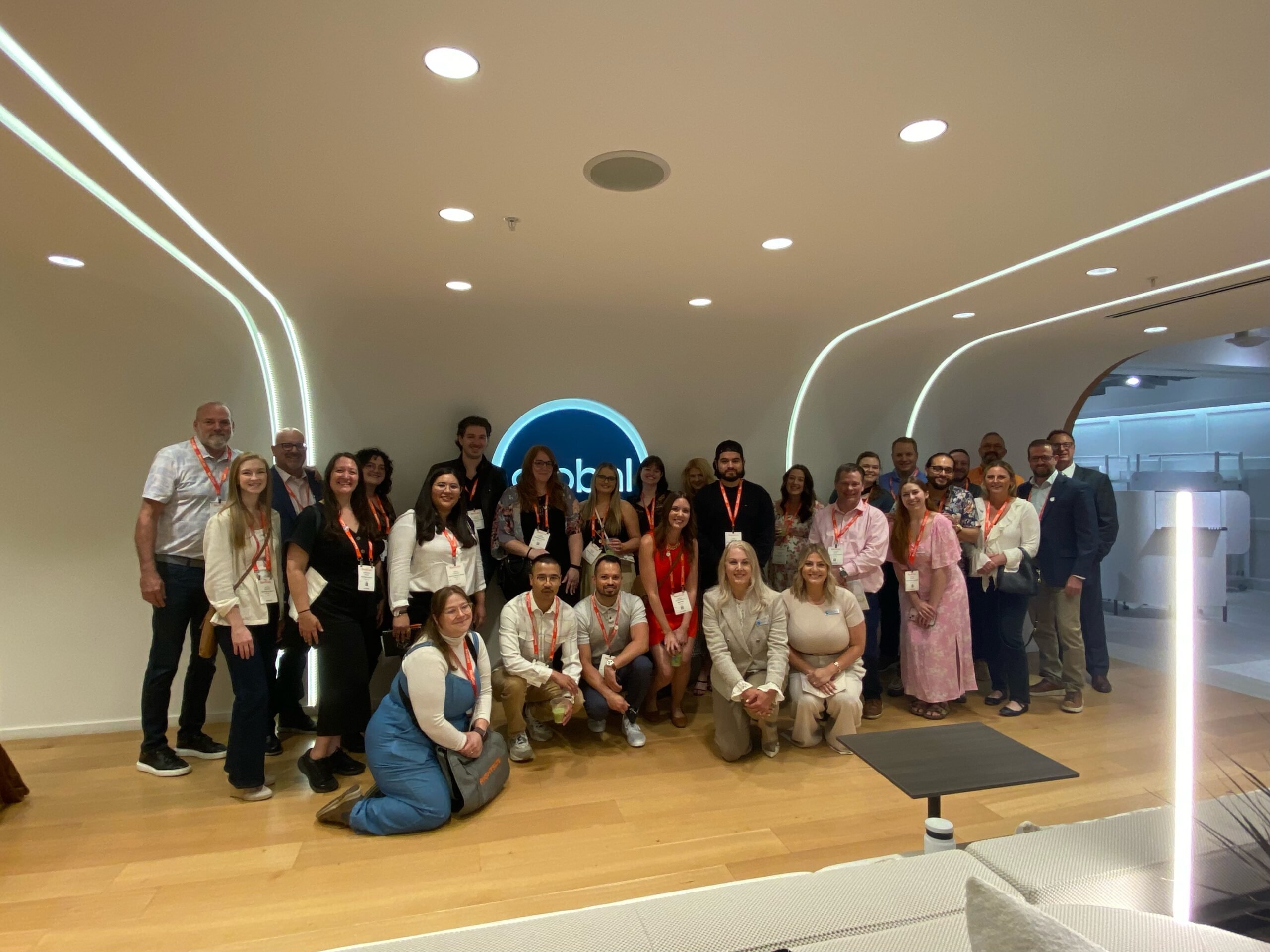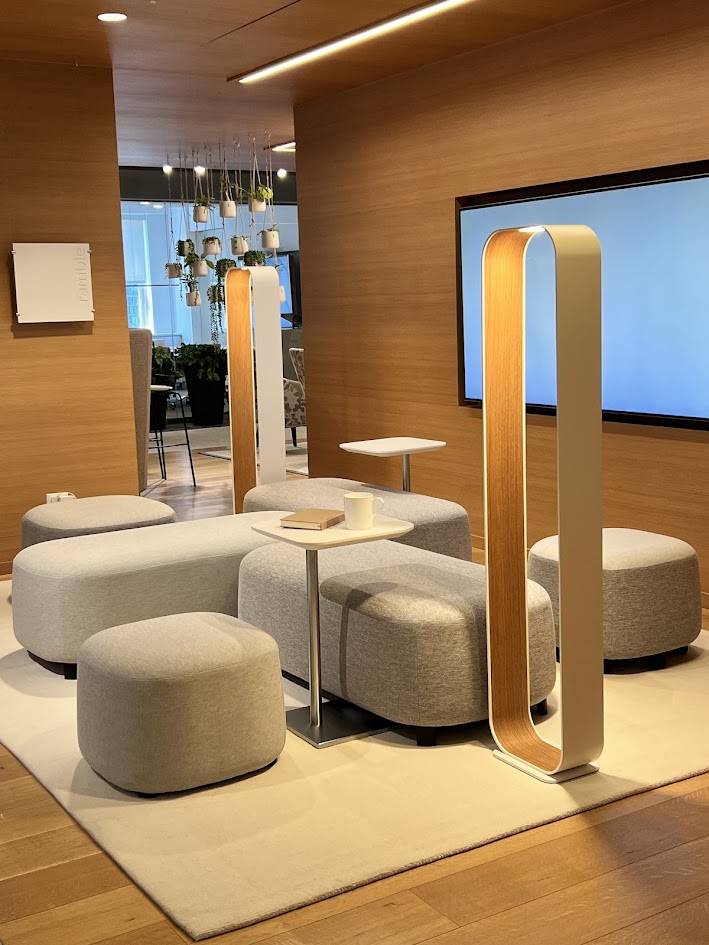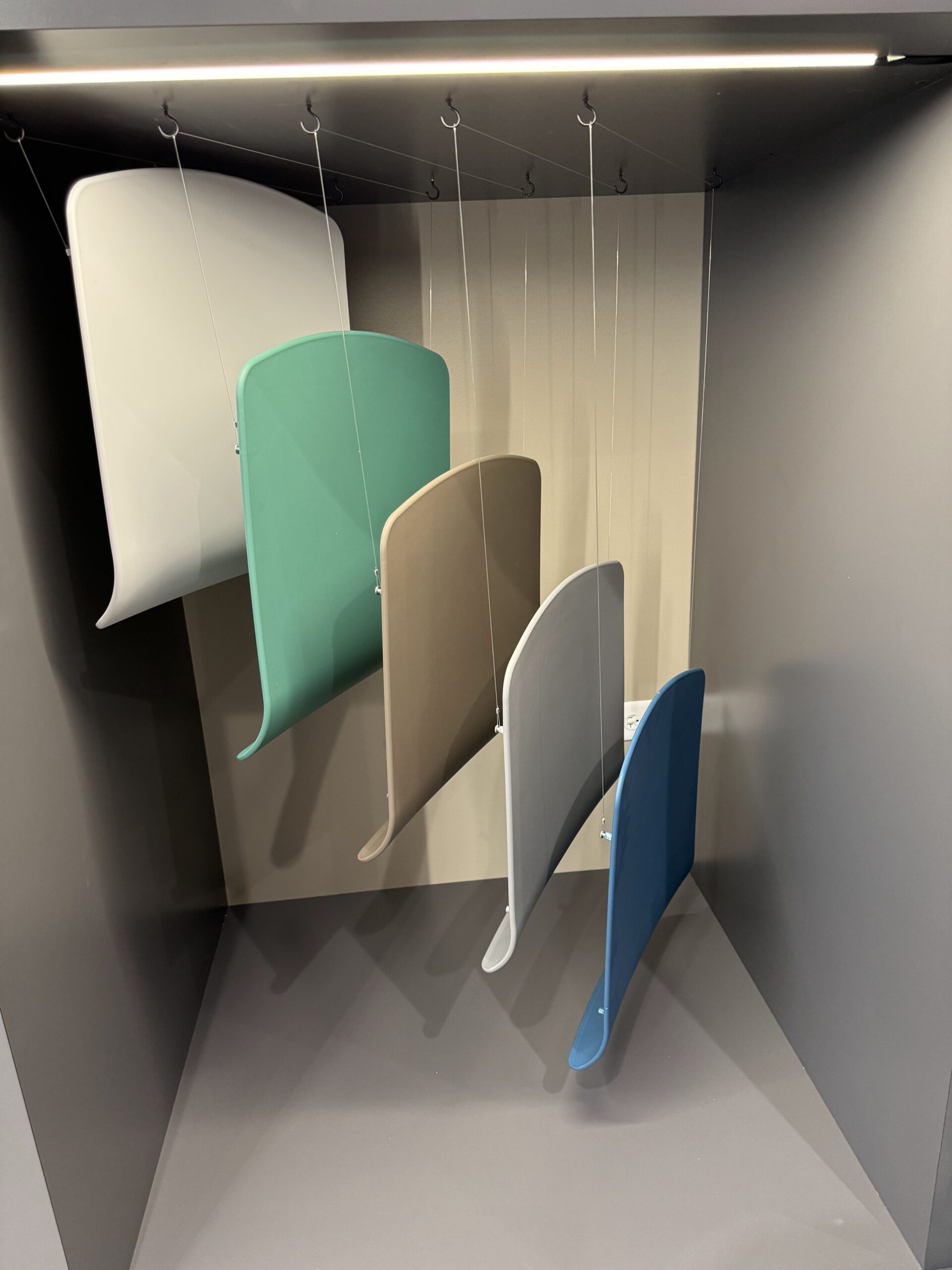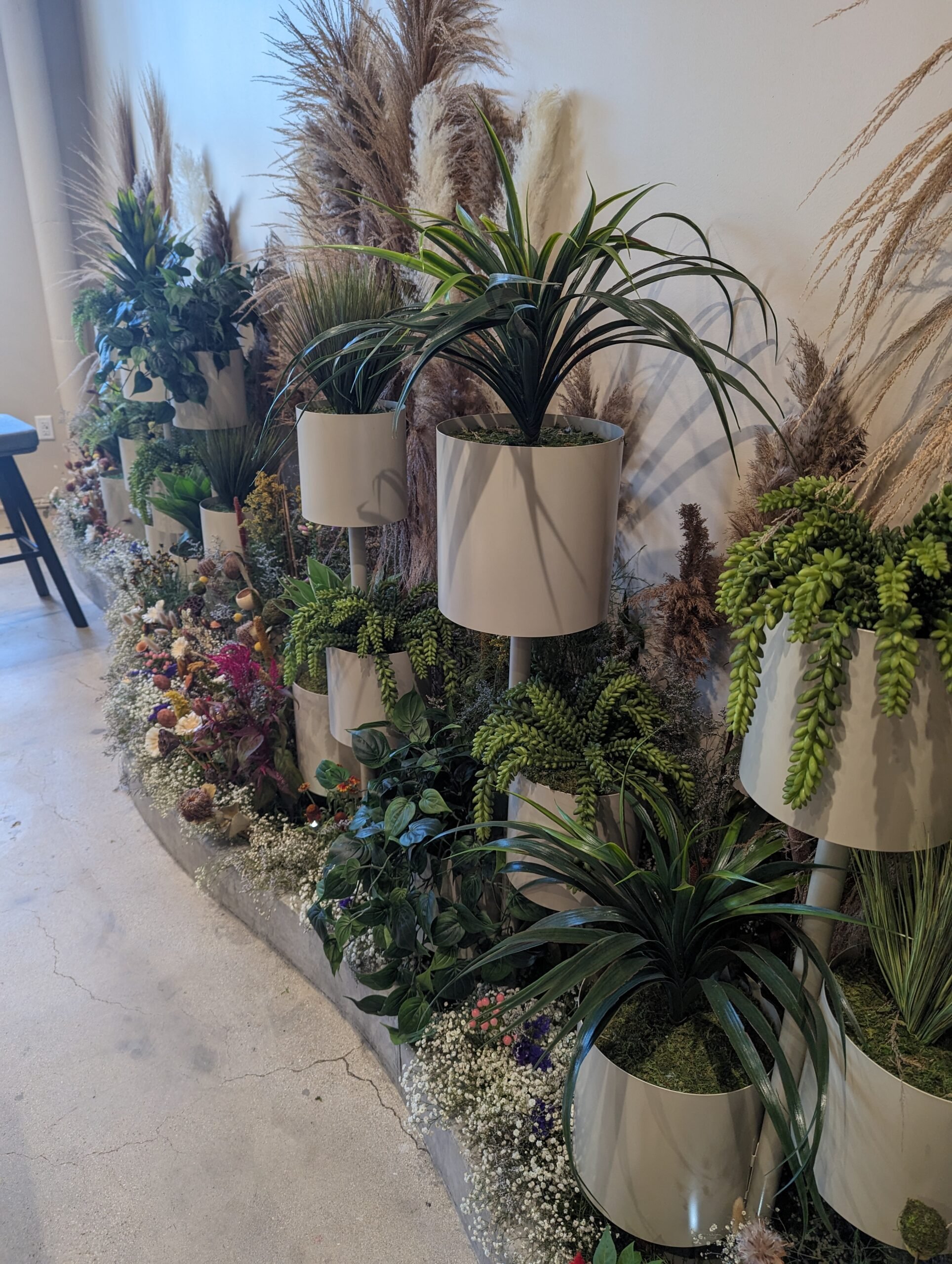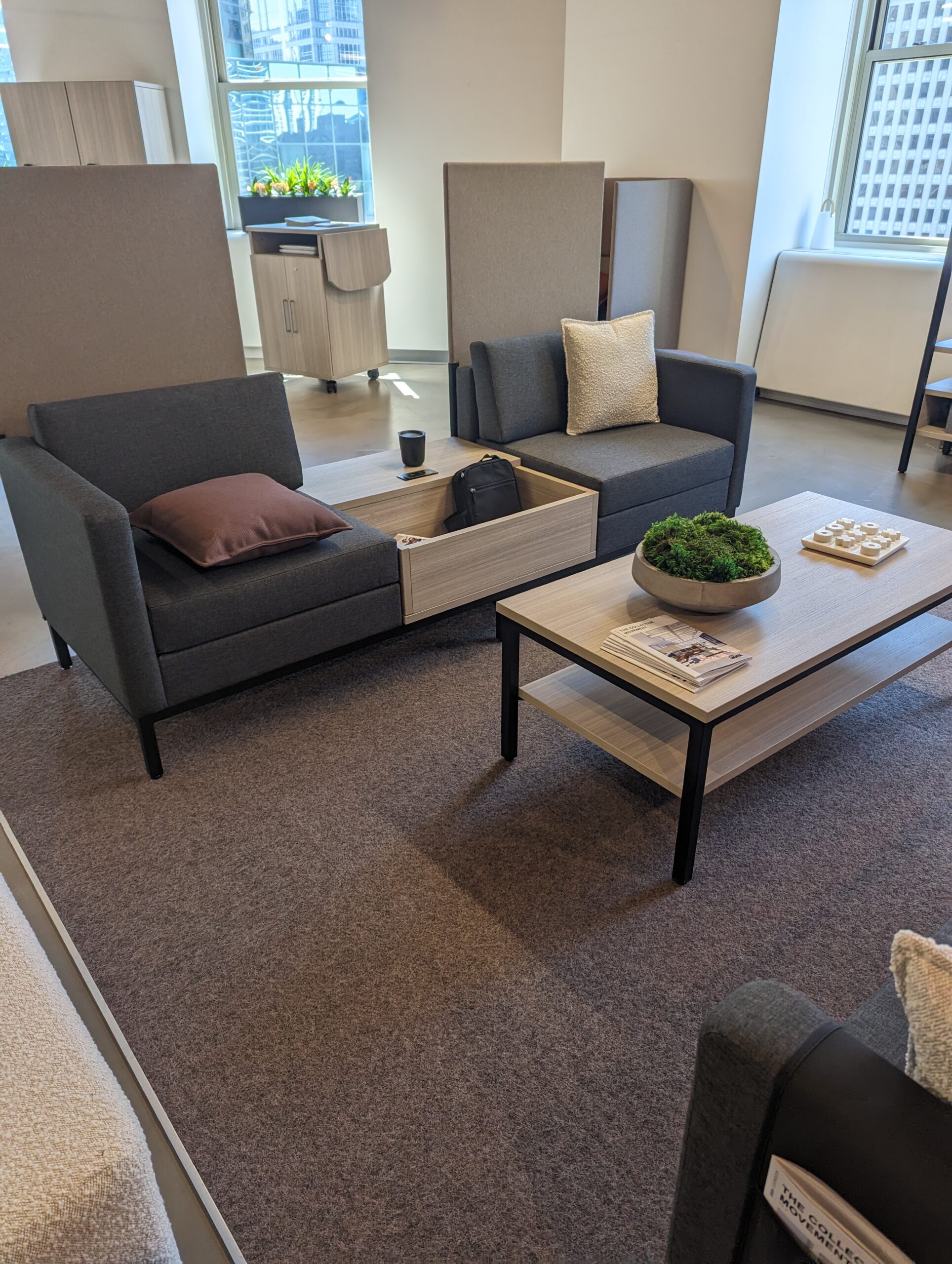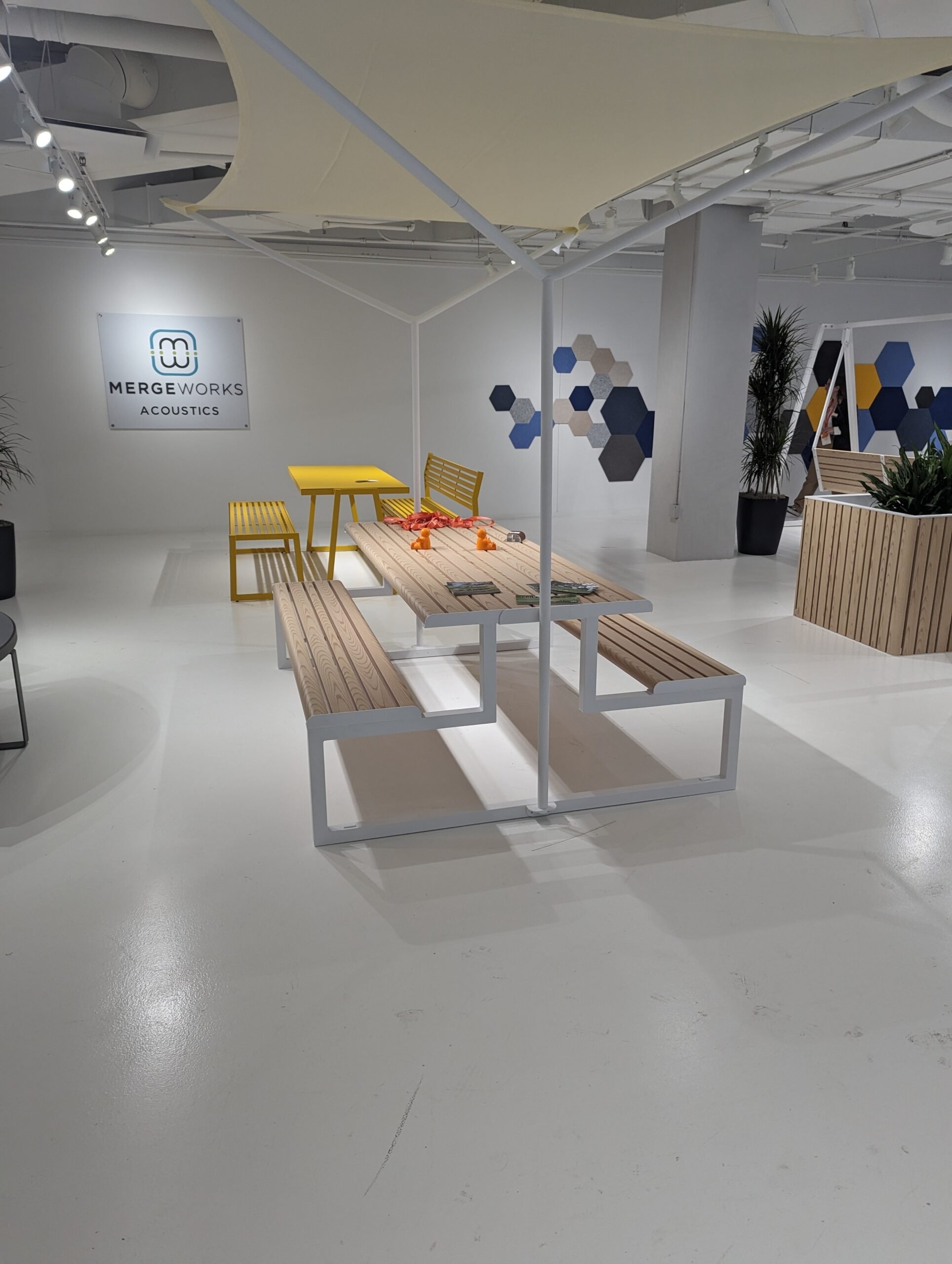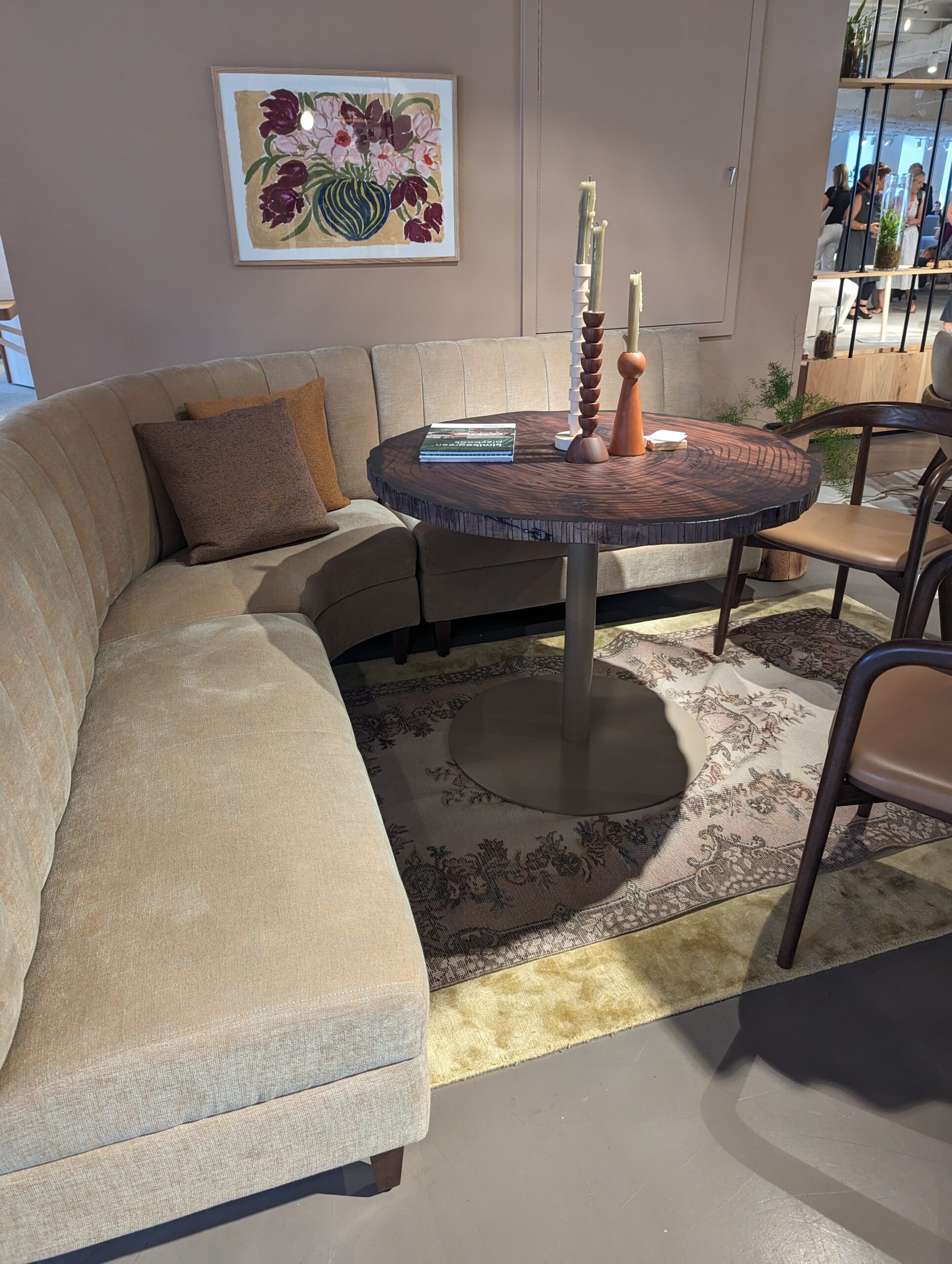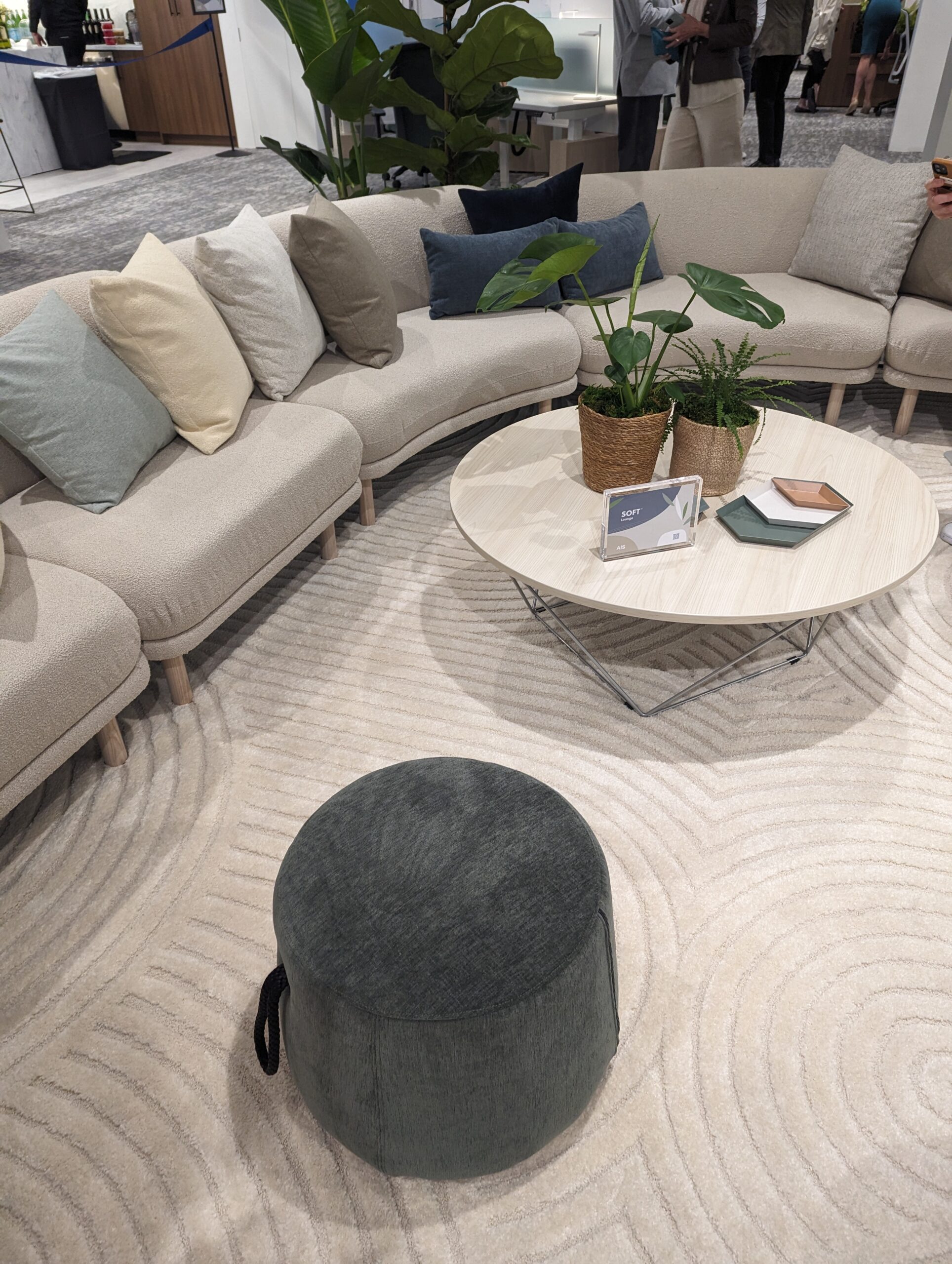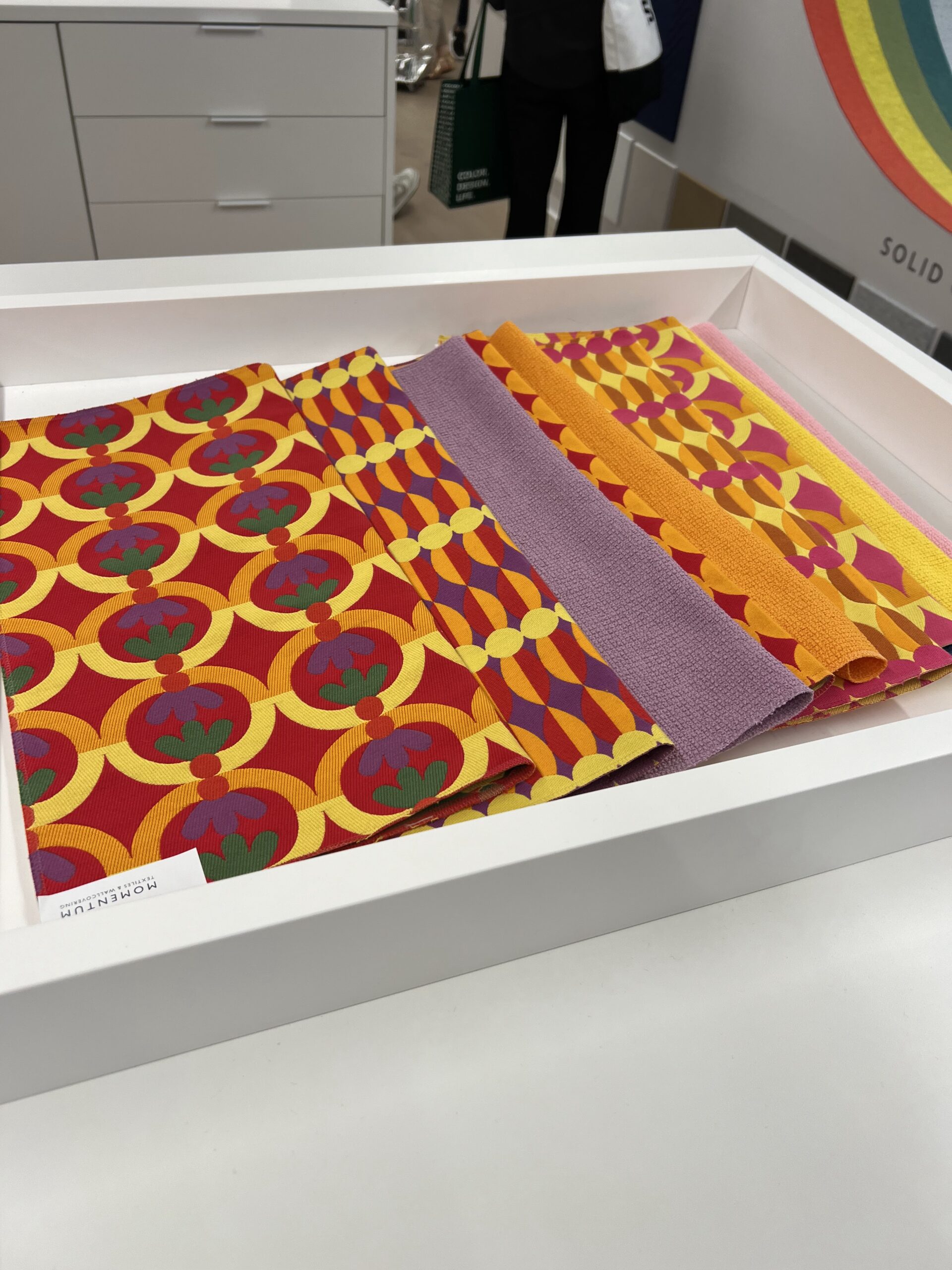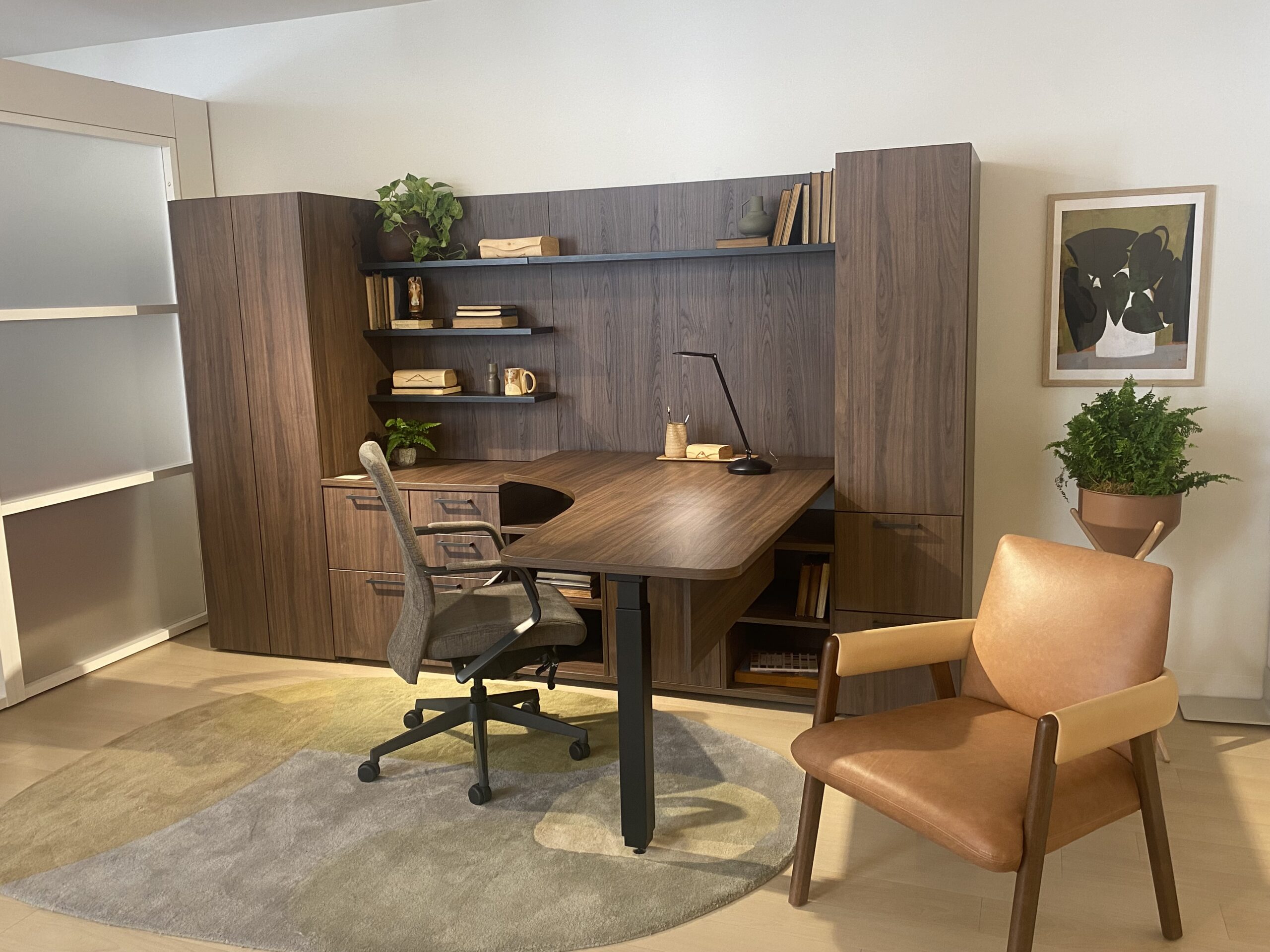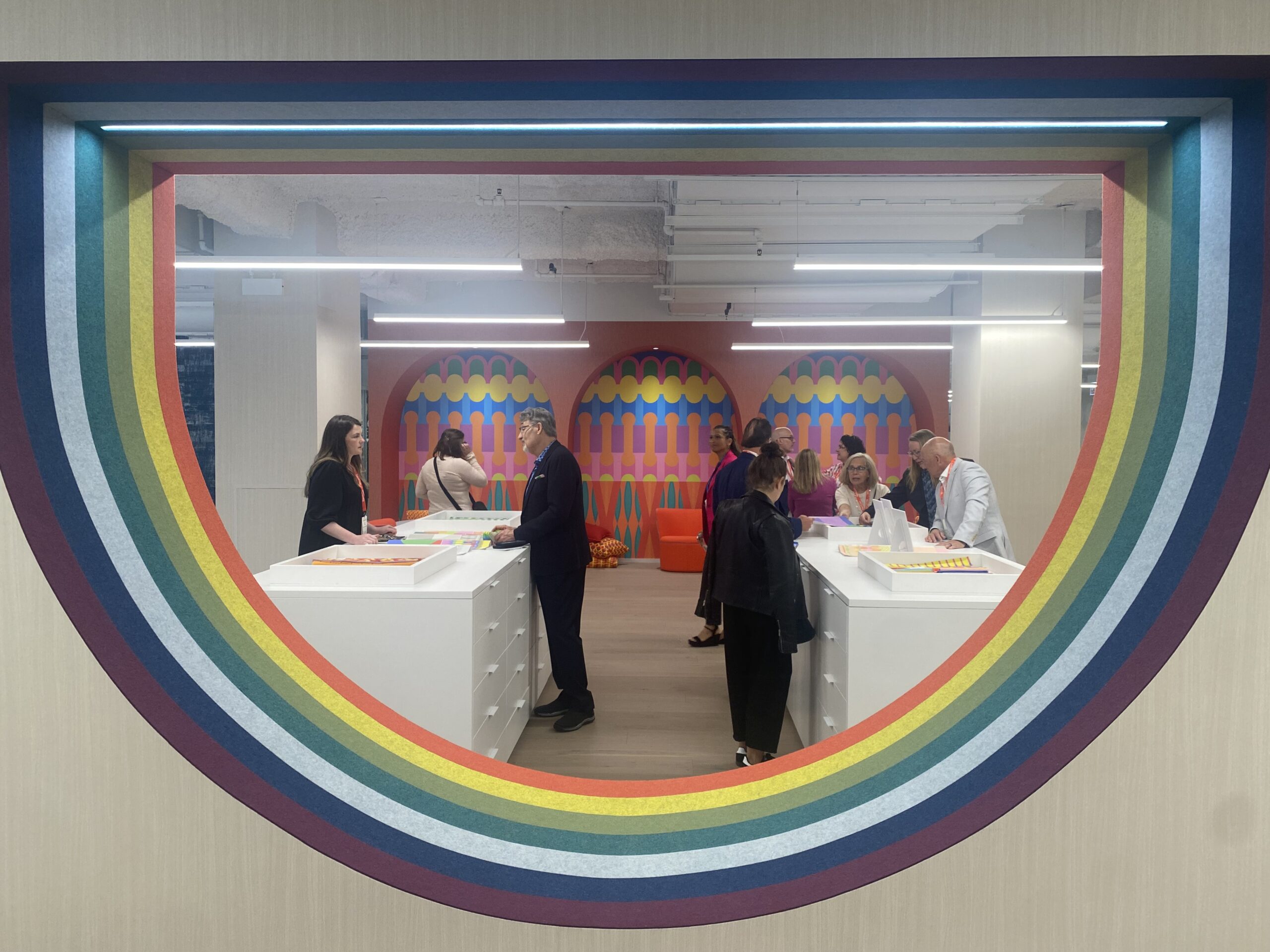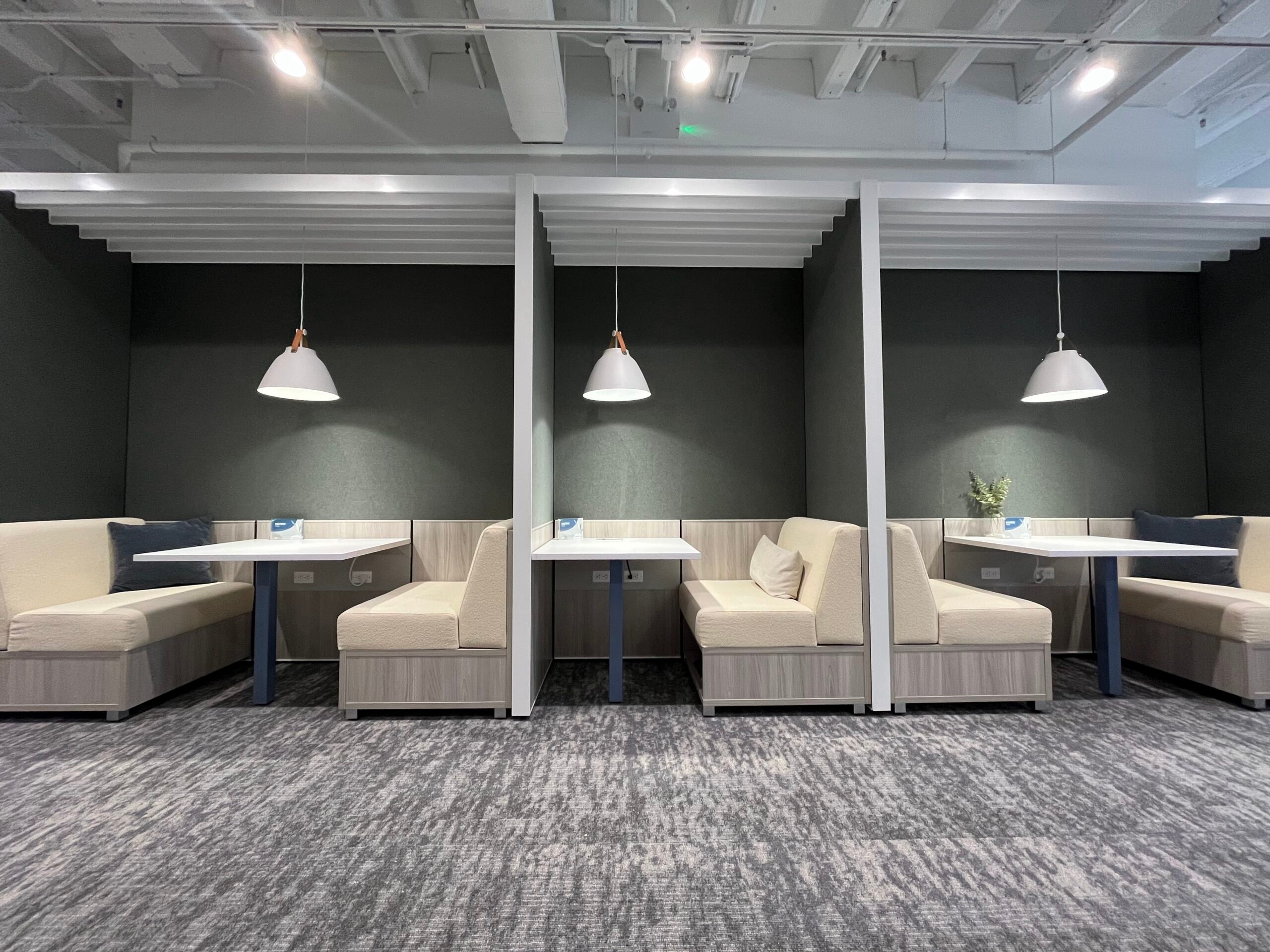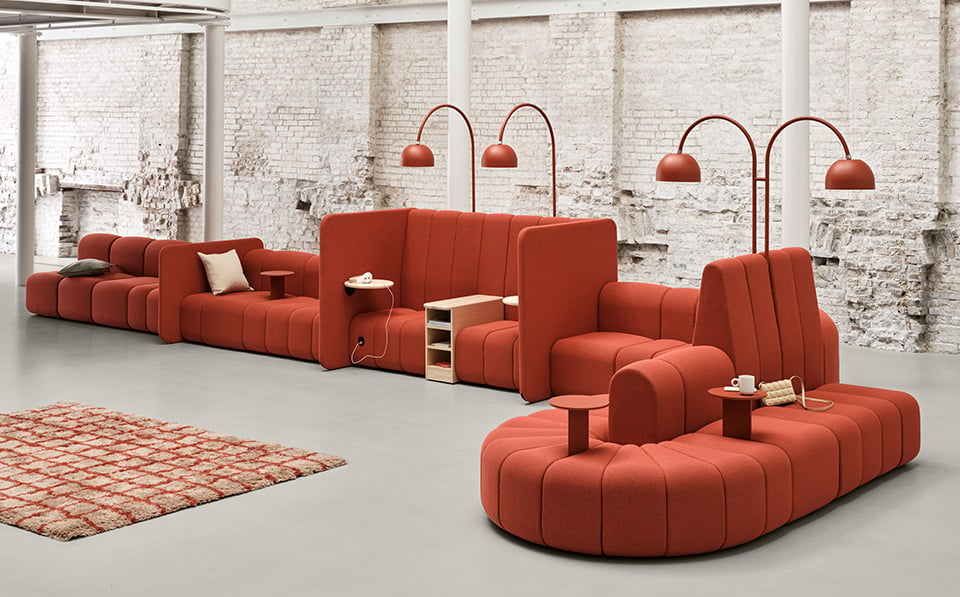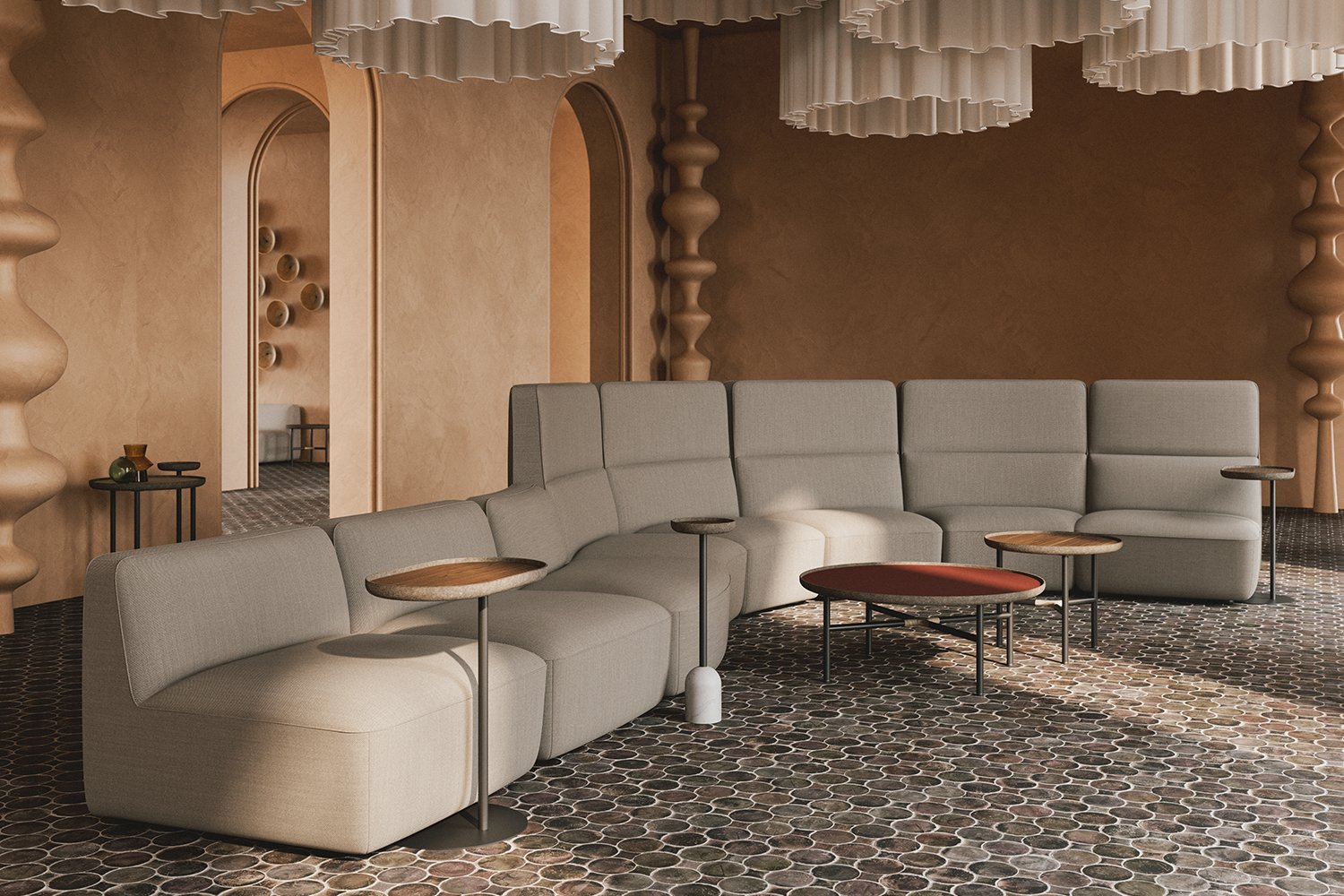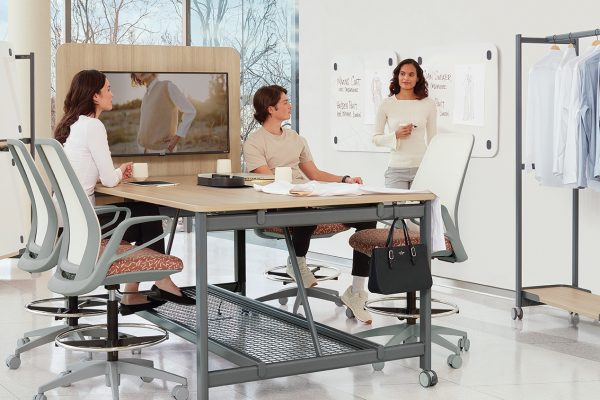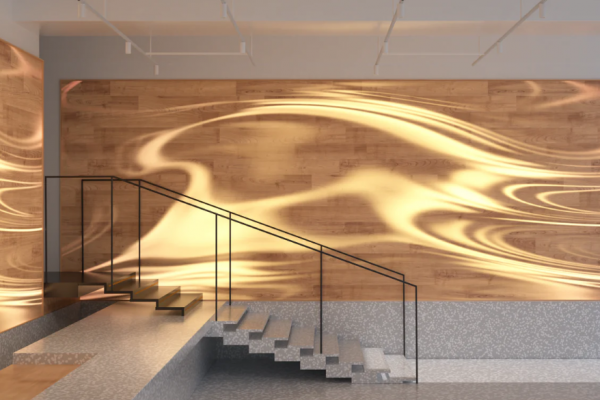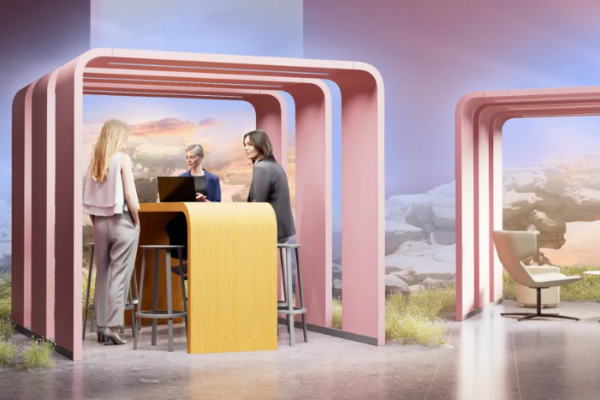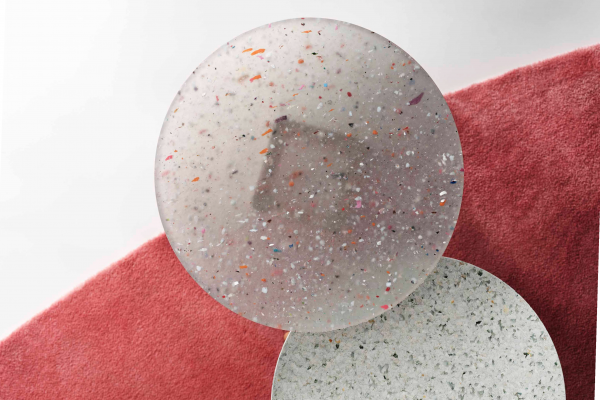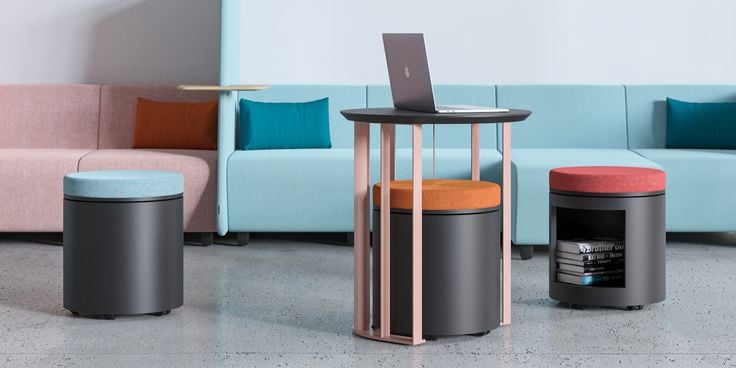In the fast-paced world of commercial real estate, time is money, and vacant spaces can weigh heavily on your bottom line. That’s where Rightsize Facility steps in with The Spec Suite Spot – a game-changing solution designed to attract tenants quickly, with stunning, fully-furnished offices ready for immediate use. For leasing brokers, this is a golden opportunity to present spaces that eliminate the hassle of tenant buildouts, showcasing turnkey office environments that seal the deal.
Why Spec Suites Work
At Rightsize Facility, we specialize in designing spec suites that blend functionality, style, and versatility to attract top-tier tenants. Whether you’re looking to lease a small office for a boutique firm or a larger space for an enterprise, our spec suites provide:
- Flexible Layouts: Configurable spaces that cater to varied business needs.
- Ergonomic Furniture: Stylish and functional designs that promote productivity.
- Immediate Appeal: Professionally furnished spaces ready for walkthroughs and quick occupancy.
Let’s explore some of our recent projects to see how Rightsize has revolutionized leasing opportunities for our partners.
1. 175 N. Franklin – Where History Meets Modernity
Size: 2,471 sq. ft.
Objective: Transform a historic building into a contemporary workspace that honors its past.
Highlights:
- High ceilings and exposed brick preserve architectural charm.
- Modern furniture seamlessly integrates into the historic backdrop.
- Prime downtown location with easy access to public transit.
The result? A spec suite that marries Chicago’s rich heritage with cutting-edge office design, captivating tenants who value both culture and convenience.
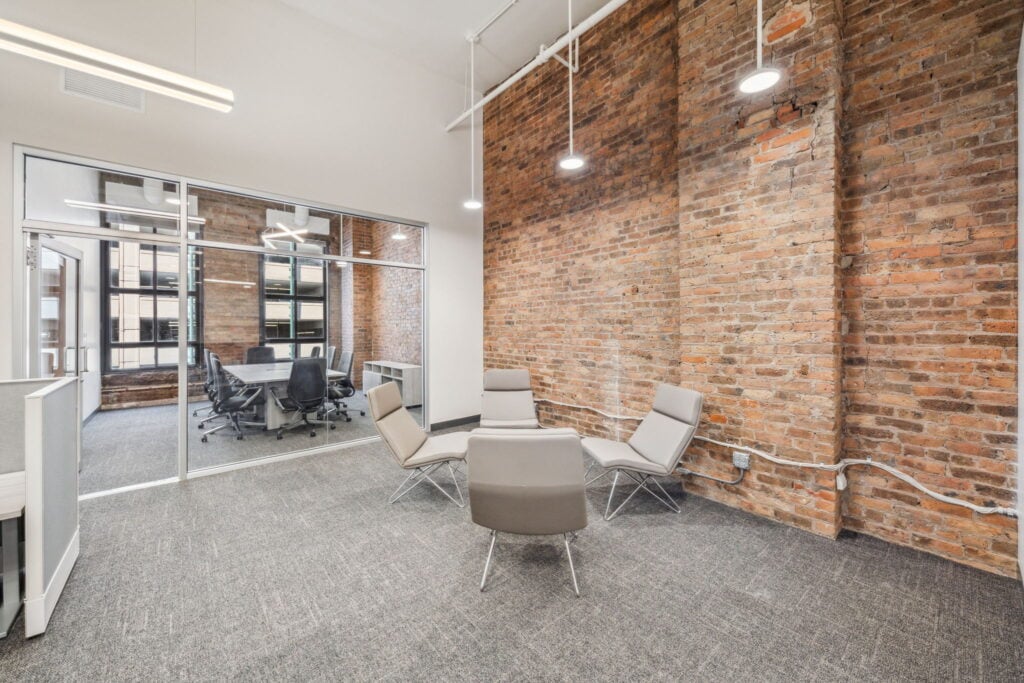
2. 203 N. LaSalle – Elegance in the Loop
Size: 15,010 sq. ft.
Objective: Elevate the 19th floor with a versatile and sophisticated spec suite.
Highlights:
- Height-adjustable desks and ergonomic furniture.
- Collaborative meeting areas and private offices.
- Sleek finishes complement the building’s architectural significance.
This space quickly became a prime attraction for businesses seeking a workspace that blends comfort with professional polish.
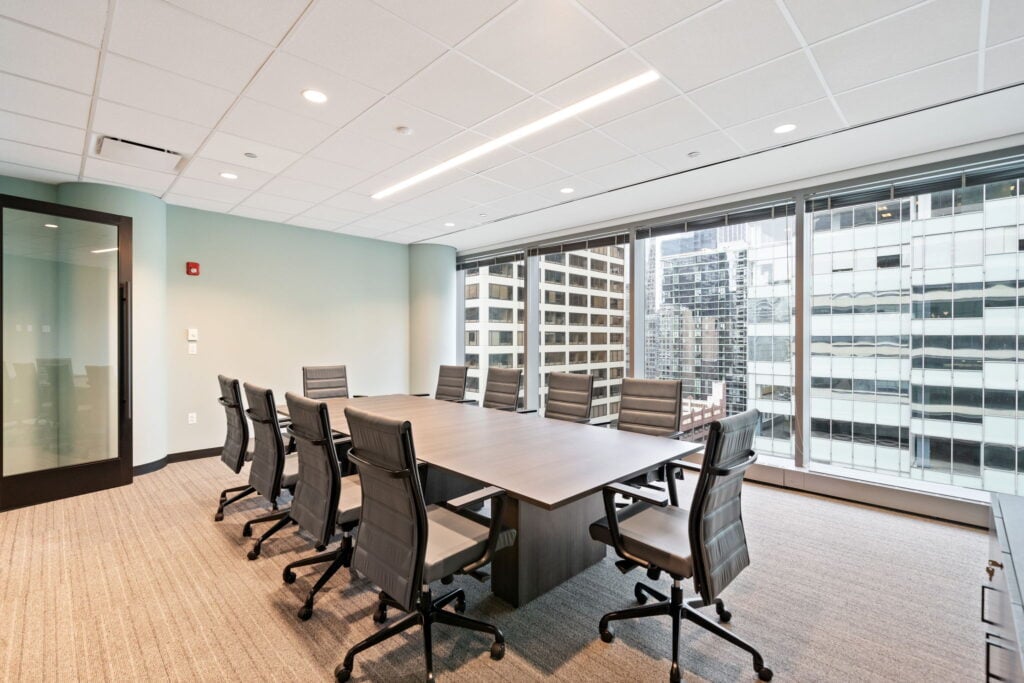
3. 191 N. Wacker – Inspired by Chicago’s Landscape
Size: 18,104 sq. ft.
Objective: Bring the essence of the Chicago River and countryside into the design.
Highlights:
- Thematic designs across suites, featuring natural materials and curved acoustical panels.
- Fully furnished with wellness rooms, huddle spaces, and inviting lounges.
- A cohesive yet diverse aesthetic appealing to varied tenant profiles.
By weaving Chicago’s natural beauty into its design, this project demonstrates how spec suites can stand out while staying functional.

4. 432 N. Clark – Minimalism Done Right
Size: 5,500 sq. ft.
Objective: Deliver a cost-effective and visually striking design under tight deadlines.
Highlights:
- Minimalist furnishings paired with an efficient layout.
- Quick setup ensures spaces are ready for immediate leasing.
- Flexibility in design appeals to a wide range of industries.
This project highlights how Rightsize Facility balances budget constraints with impactful designs that drive leasing success.
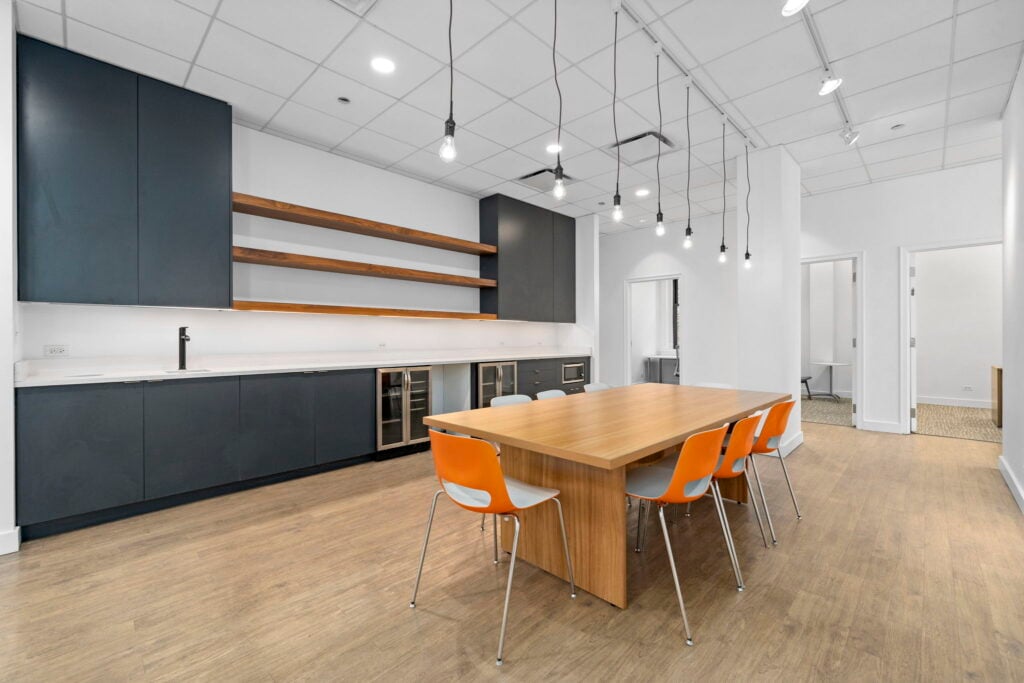
The Rightsize Facility Difference
When you partner with Rightsize Facility, you gain access to a dedicated team of designers, project managers, and office furniture experts who bring your vision to life. We work closely with brokers, landlords, and property managers to ensure every spec suite:
- Speaks to Your Market: Tailored designs to attract specific tenant profiles.
- Meets Tight Deadlines: Efficient project management for quick turnarounds.
- Stays Within Budget: Strategic furniture selection without compromising quality.
Why Leasing Brokers Love Spec Suites
For brokers, spec suites eliminate the guesswork. They showcase the full potential of a space, making it easier to market and close deals. Tenants see exactly what they’re getting – a professional, move-in-ready workspace that’s as beautiful as it is functional.
Ready to Find Your Spec Suite Spot?
Visit our portfolio to explore more success stories or reach out to Rightsize Facility today to learn how we can help you transform vacant spaces into leasing gold.
